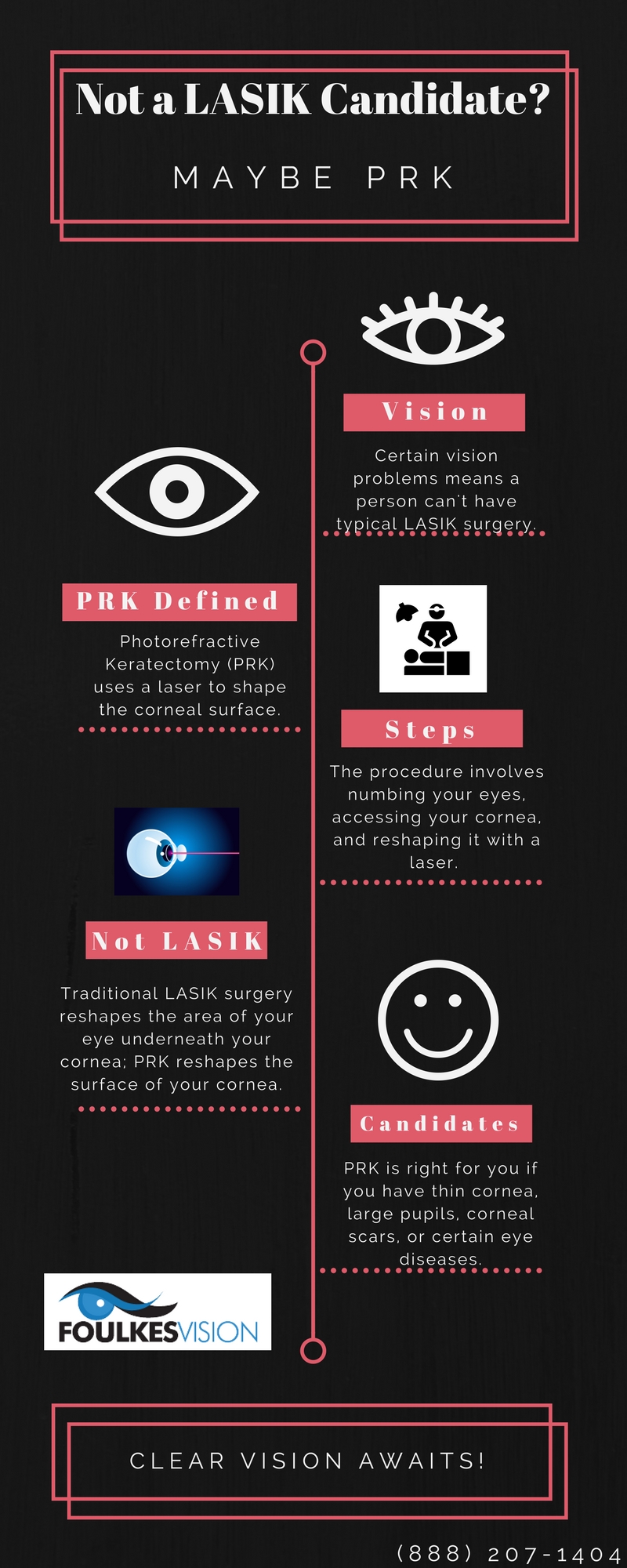A Full Overview To Diagnosing And Managing Eye Misalignment
A Full Overview To Diagnosing And Managing Eye Misalignment
Blog Article
Post Developed By-Miller Martinussen
If you've ever skilled problems with your vision, like dual vision or problem judging ranges, you may be managing eye misalignment, referred to as strabismus. Recognizing its reasons and signs is important for effective management. Whether you're discovering these signs in on your own or another person, recognizing what steps to take following can make a considerable distinction. Let's check out how to approach medical diagnosis and treatment properly.
Comprehending Eye Imbalance: Reasons and Signs
When you notice your eyes aren't straightening effectively, it can be more than simply an aesthetic worry; comprehending the reasons and signs and symptoms of eye misalignment is essential for your total eye health and wellness.
Eye misalignment, or strabismus, can come from various variables, including hereditary proneness, neurological conditions, or muscular tissue discrepancies. You might experience symptoms like double vision, trouble focusing, or eye stress.
Sometimes, imbalance might lead to problems with deepness perception, making daily tasks challenging. If you've seen any one of these signs, resolving them early can prevent more issues.
Acknowledging that eye imbalance can influence not simply your vision but likewise your quality of life is necessary. Keep educated and proactive about your eye health to guarantee optimal well-being.
Medical Diagnosis of Eye Misalignment: Examinations and Procedures
Recognizing eye misalignment needs a thorough analysis by an eye treatment professional. During your see, they'll likely perform a collection of examinations to evaluate your eye positioning.
Expect a visual acuity examination to examine how well you see, followed by a cover examination, where one eye's vision is momentarily blocked to observe the other eye's movement.
You'll also go through a mobility test, which examines how well your eyes move with each other. In some cases, your ophthalmologist might use a prism examination to measure the degree of imbalance.
Additional evaluations could consist of reviewing your depth assumption and 3D vision. These examinations aid your eye treatment provider precisely identify your problem and establish the best course of action for you.
Therapy Options for Eye Misalignment: What You Required to Know
Exactly how can you efficiently deal with eye misalignment? The therapy alternatives available rely on the extent and underlying reason for your problem.
For lots of, vision therapy is a wonderful very first step, including workouts to improve control and focus. If your misalignment is more obvious, your optometrist could advise corrective lenses, which can help realign your vision.
In https://darnell-lucius.technetbloggers.de/persons-comprehensive-guide-to-effective-options-for-dealing-with-lazy-eye , surgical treatment may be needed to readjust the muscle mass around the eyes. This can provide resilient results for those with considerable positioning concerns.
It's vital to review your alternatives with a qualified eye treatment expert to figure out the very best strategy customized to your needs.
Final thought
In conclusion, navigating eye misalignment can feel overwhelming, but you're not the only one. By comprehending https://www.menshealth.com/health/a21562470/lasik-eye-surgery-risks/ and signs, looking for prompt diagnosis, and checking out therapy choices, you can take charge of your eye health. Normal examinations and positive treatment will enhance your outcomes and boost your quality of life. Do not hesitate to reach out to an eye care professional to review your concerns and discover the most effective course forward for your vision needs.
